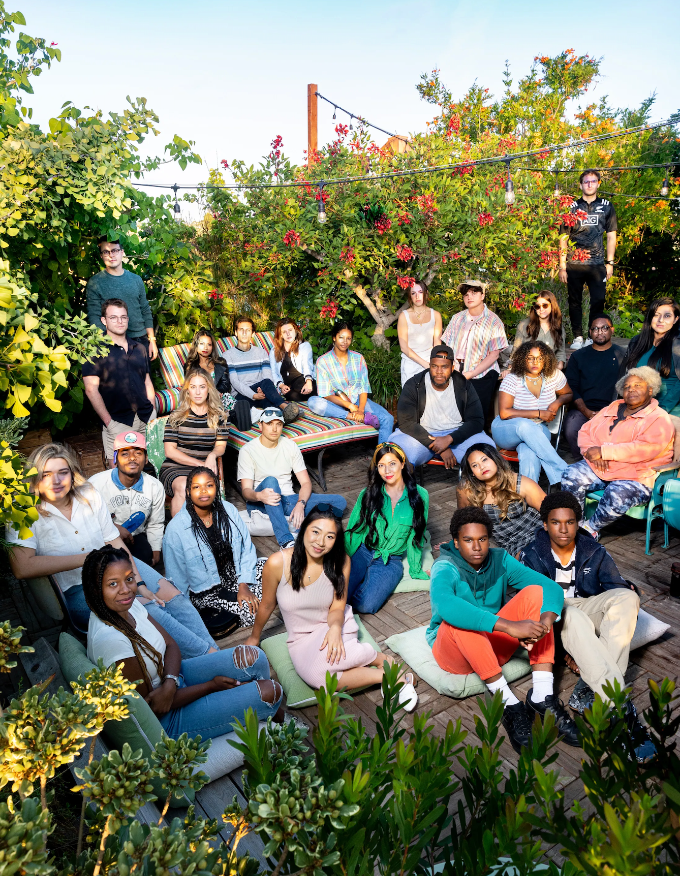February 21, 2025
Civics
A model for living that could offer insights into fostering togetherness in larger society.

Treehouse Hollywood is a 60-unit building where people of various ages and backgrounds live together, sharing common spaces and experiences. Photograph by Jeff Minton for The New Yorker
Treehouse Hollywood is a 60-unit building where people of various ages and backgrounds live together, sharing common spaces and experiences. Photograph by Jeff Minton for The New Yorker
A co-living space in Los Angeles exemplifies a growing trend in the U.S.. To combat isolation people are forming diverse communities where residents share both living spaces and experiences. This 21st century commune brings together individuals from various backgrounds—including entrepreneurs, artists, and families—who engage in shared activities and spontaneous social interactions. While residents navigate challenges such as racial tensions, the organization named Treehouse has plans for expansion, positioning itself as both a community-building initiative and a business opportunity.
This article situates Treehouse within the broader movement of communal living and examines its potential to address social isolation and division.
"Financial constraints alone can’t explain the communal-living rush, because, at least in coastal cities, communities tend to be full of prospering people. 'Part of it might just be appetite for risk, and willingness to do something together,' Gillian Morris, who co-edits the community-living newsletter Supernuclear, told me. Phil Levin, Supernuclear’s other editor, who co-founded an Oakland community called Radish, said, 'Our built environment is getting more isolating over time. More houses in the suburbs, more luxury apartments in buildings where you don’t know your neighbors.' Punctilious types often distinguish among 'co-housing,' which involves distinct units on a compound; 'co-living,' which involves sharing more space; and 'co-ops,' which have still more deeply enmeshed intentions. But many communities, like Treehouse, are hybrids, and part of the point is coloring outside the lines....As life spans increase, so will the proportion of time one spends outside the nuclear family, which means that, at some point, for most Americans, the alternative to different ways of being together will be being alone." - Nathan Heller
ARTICLE: In a Divided Country, Communal Living Redefines Togetherness




